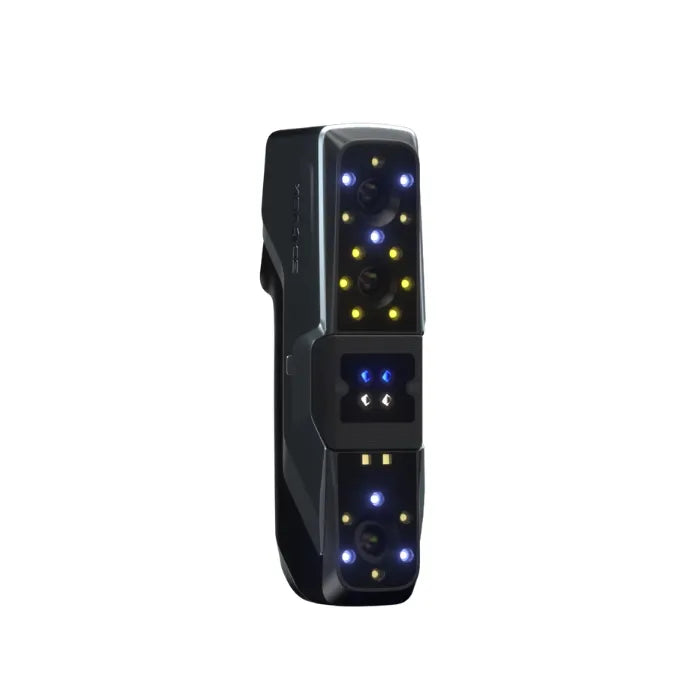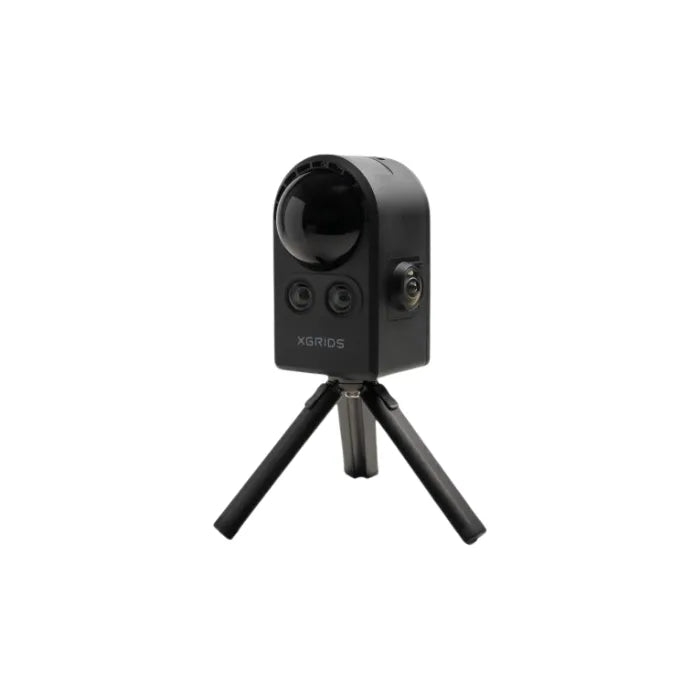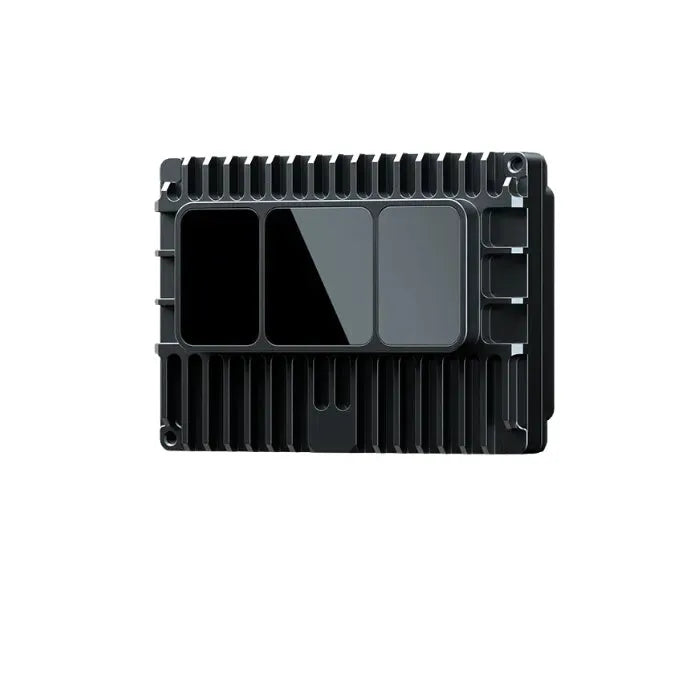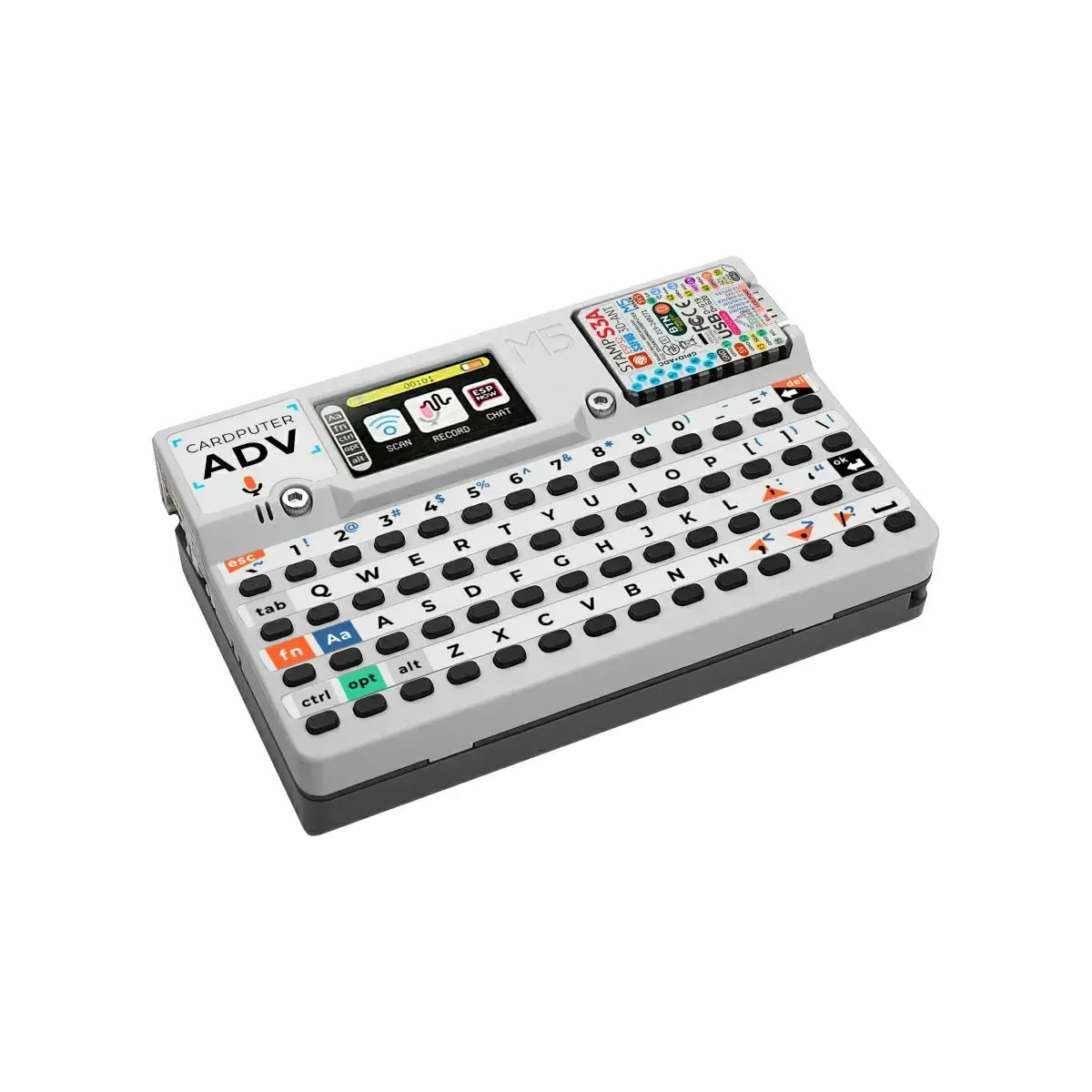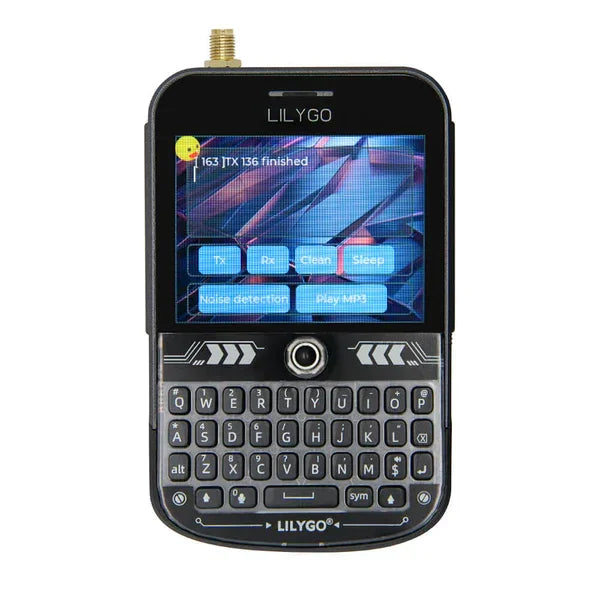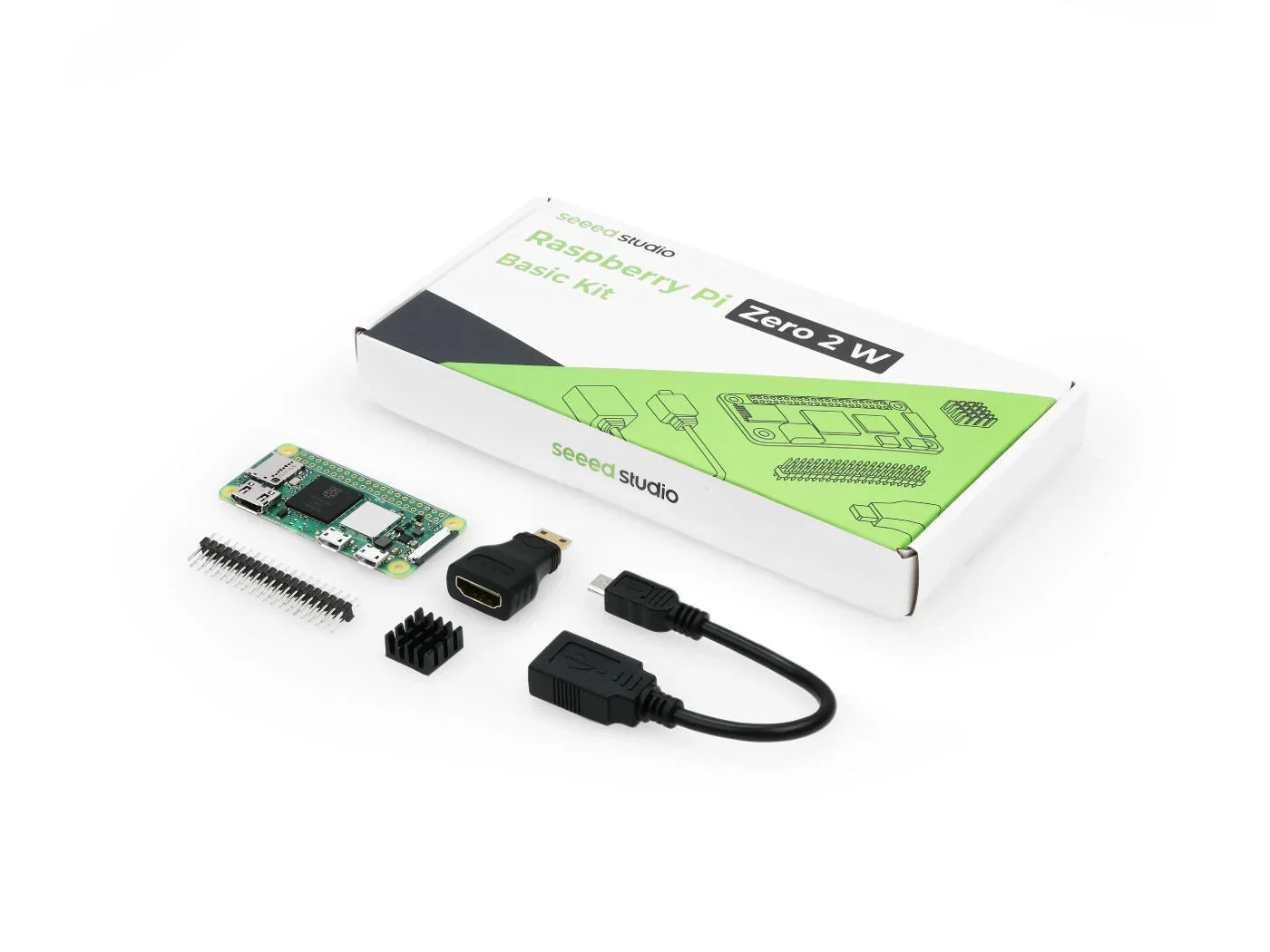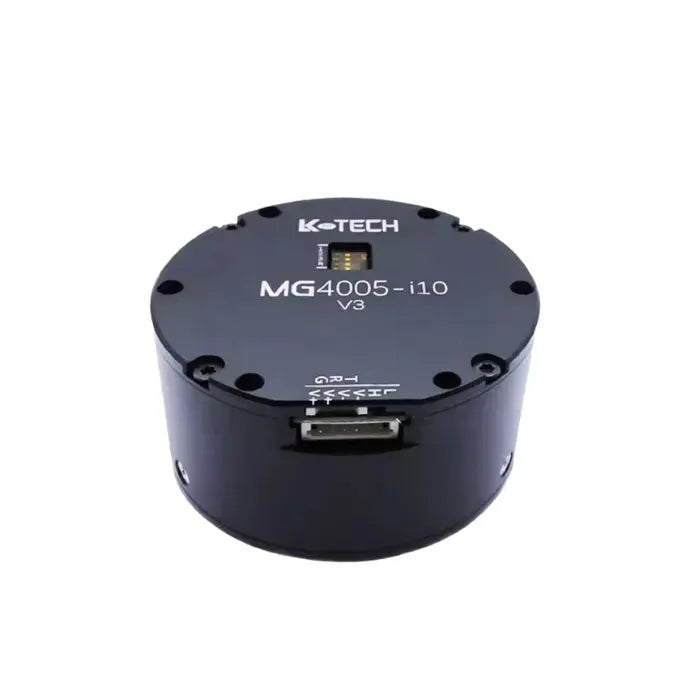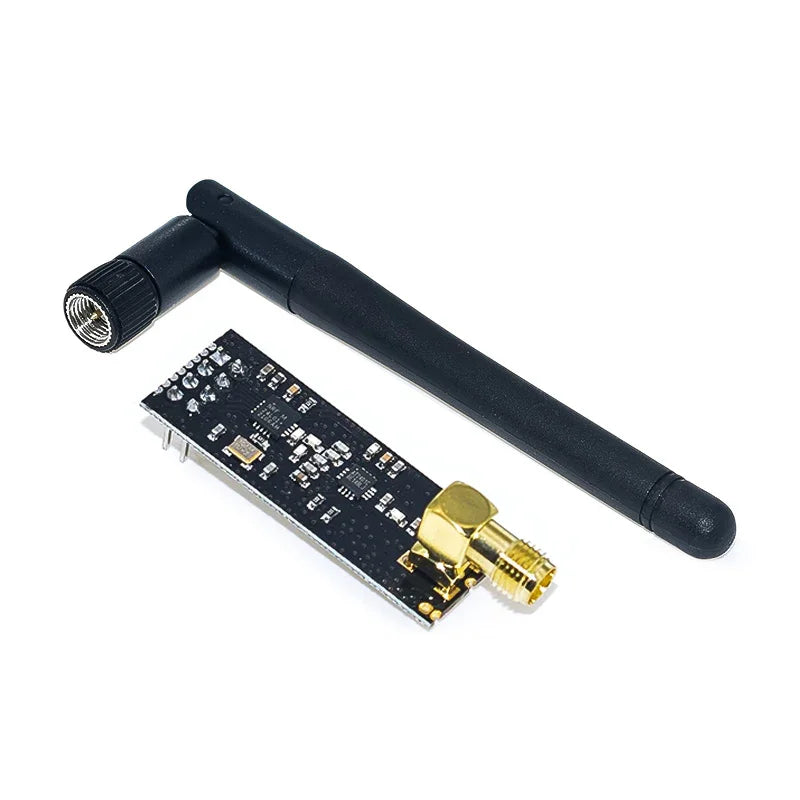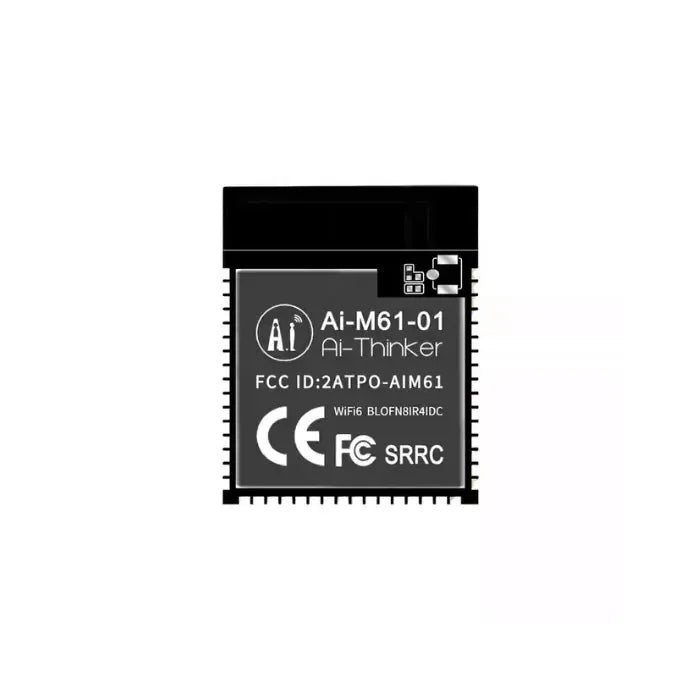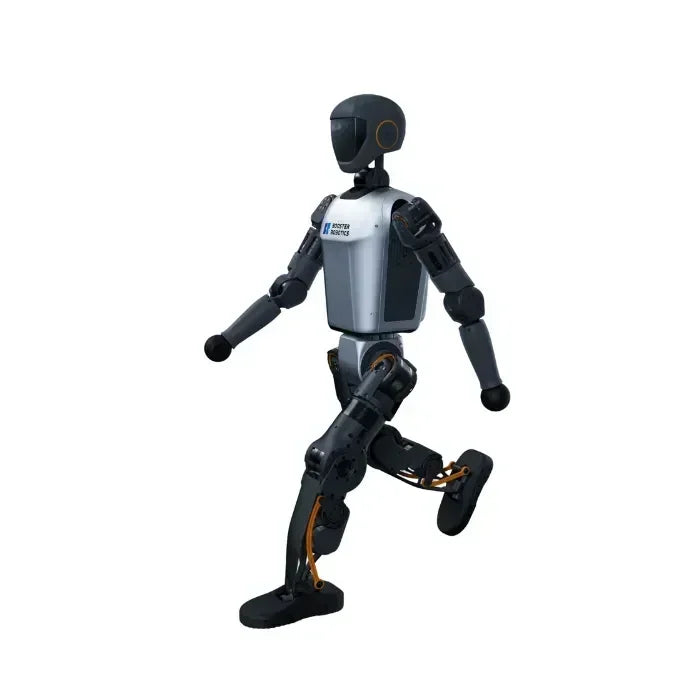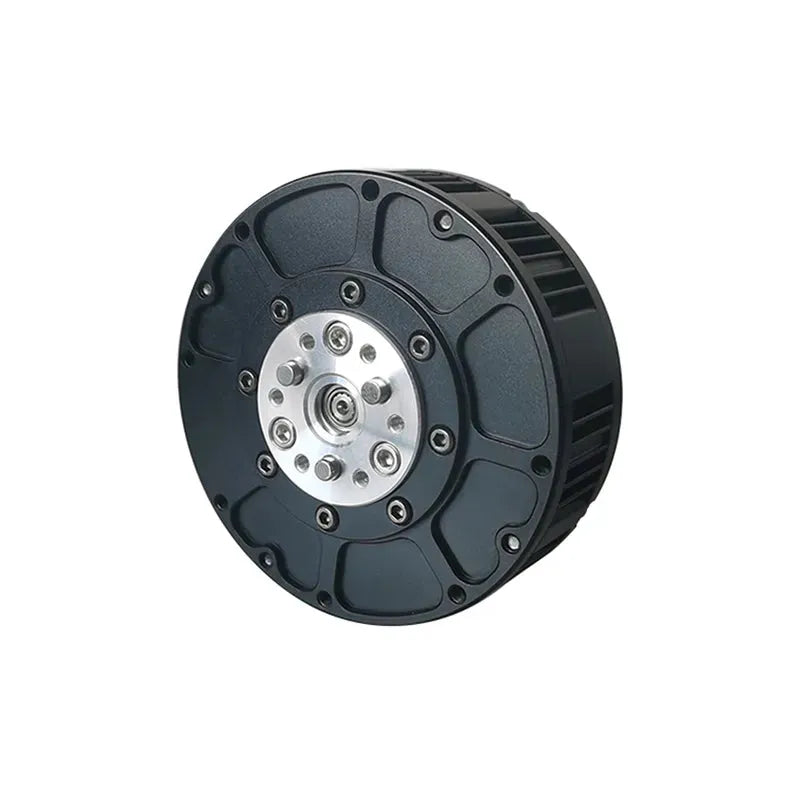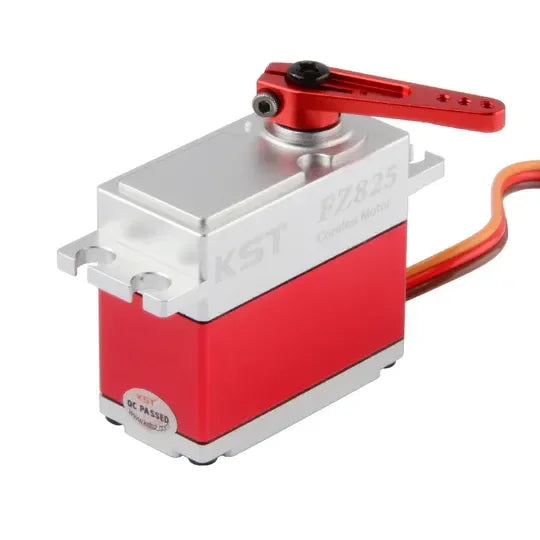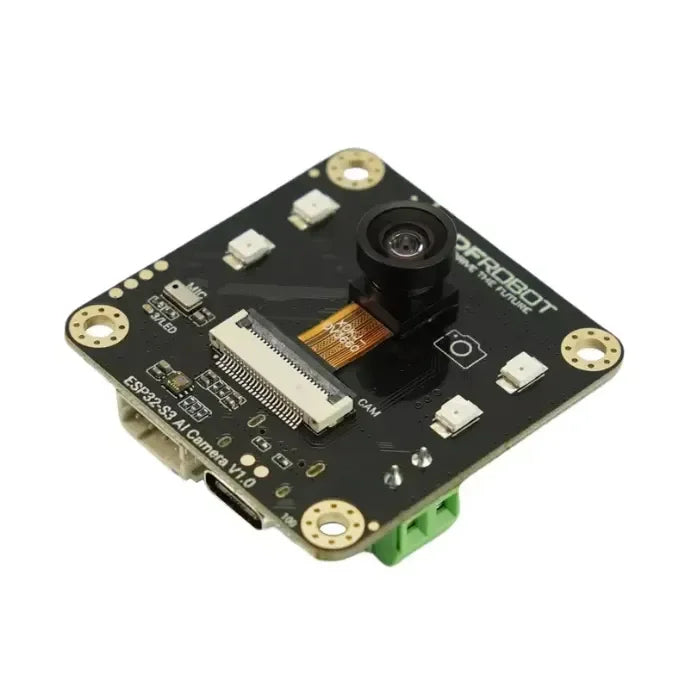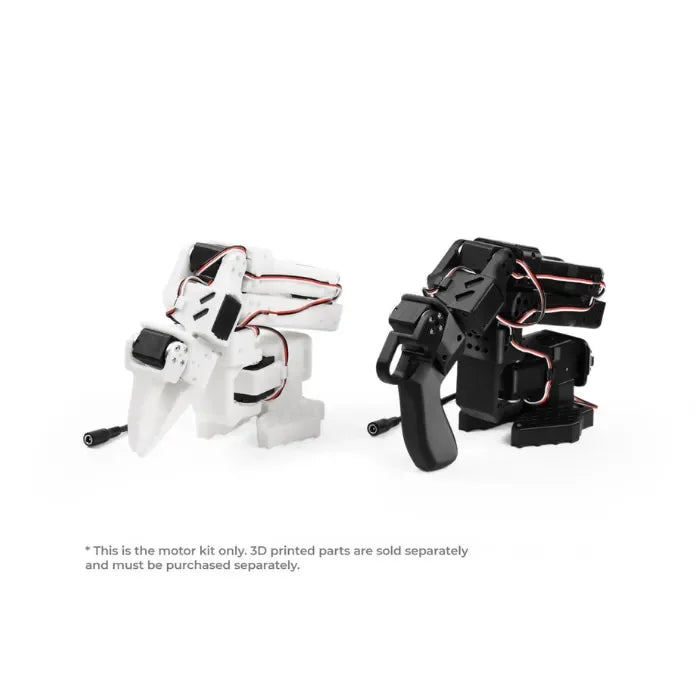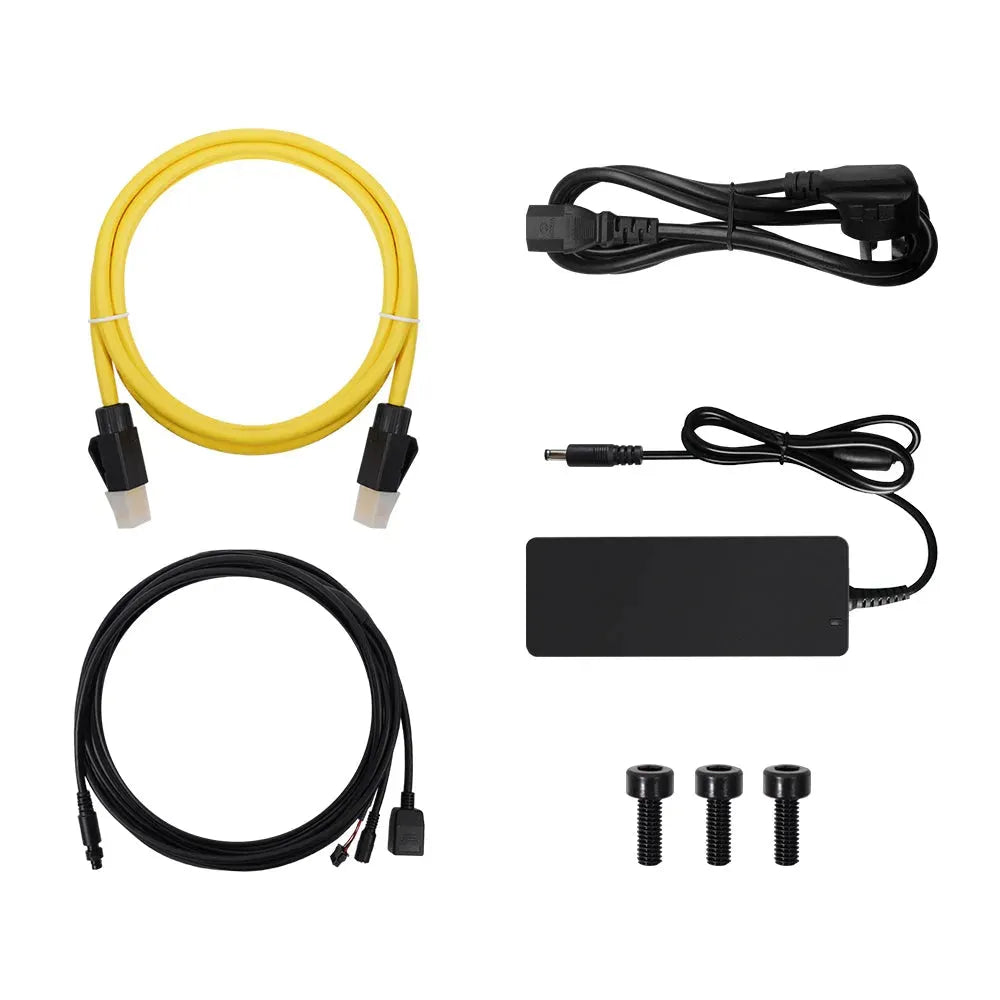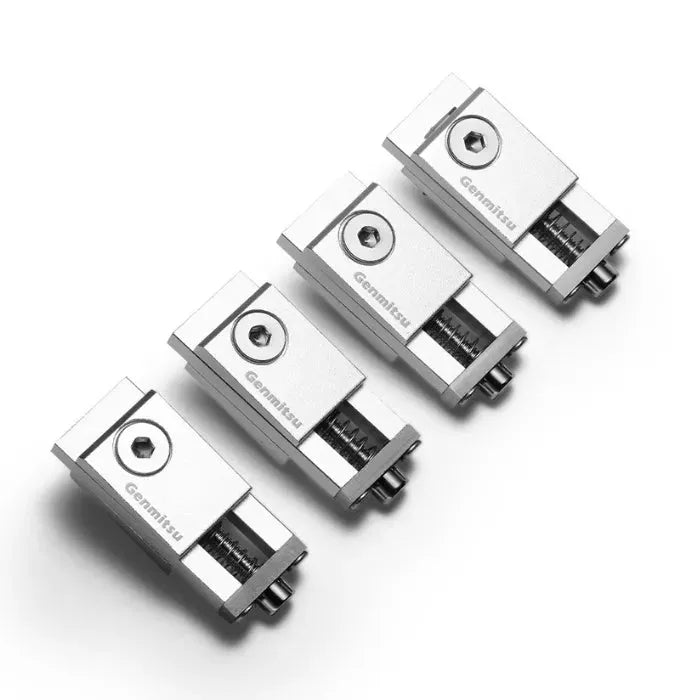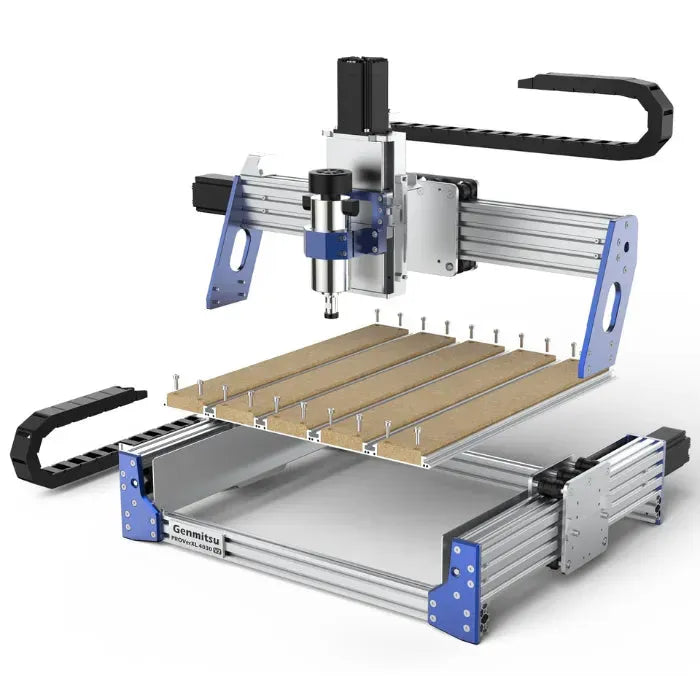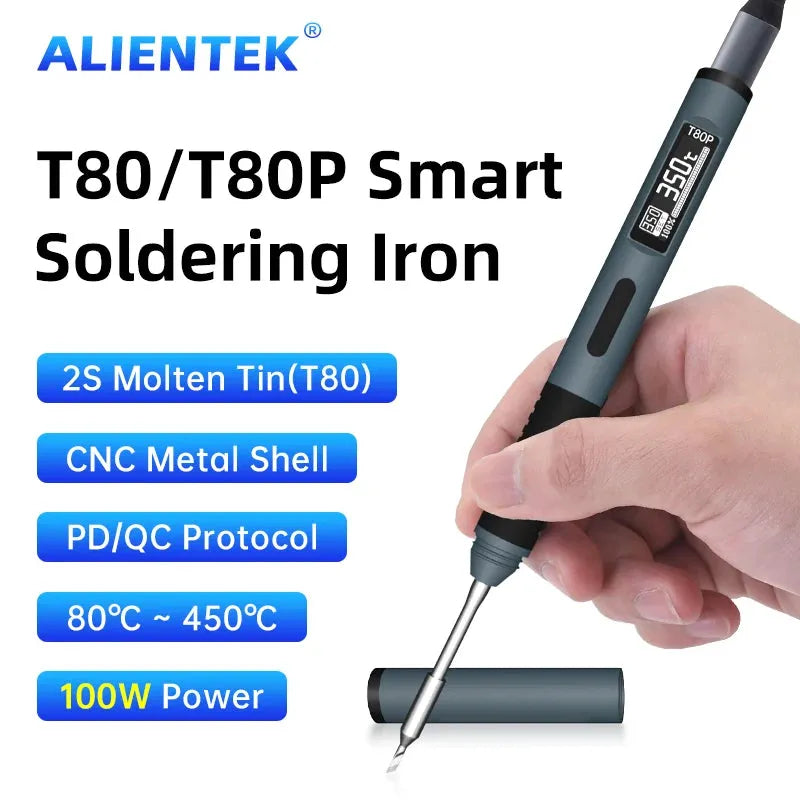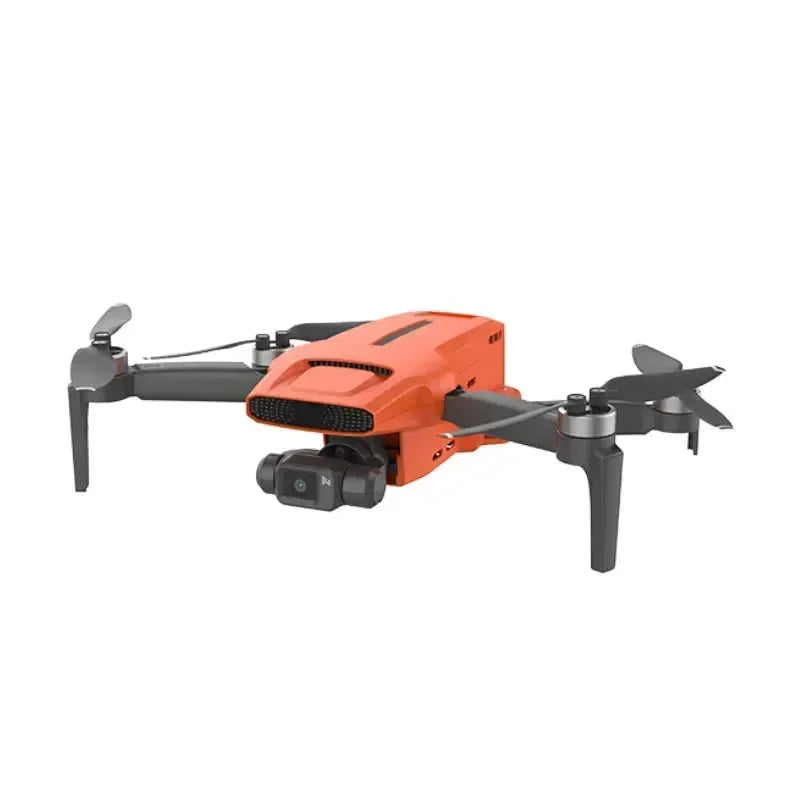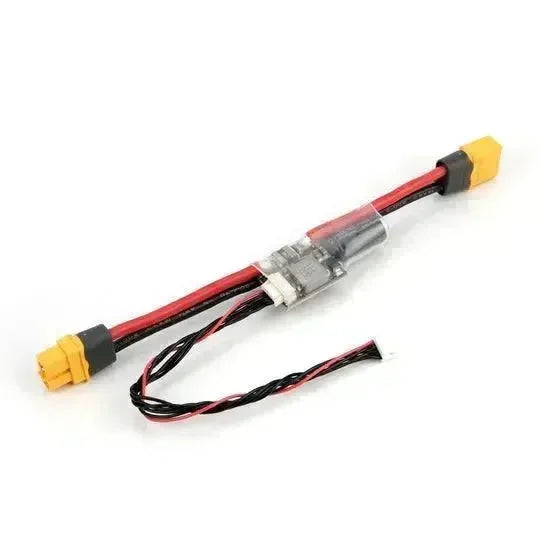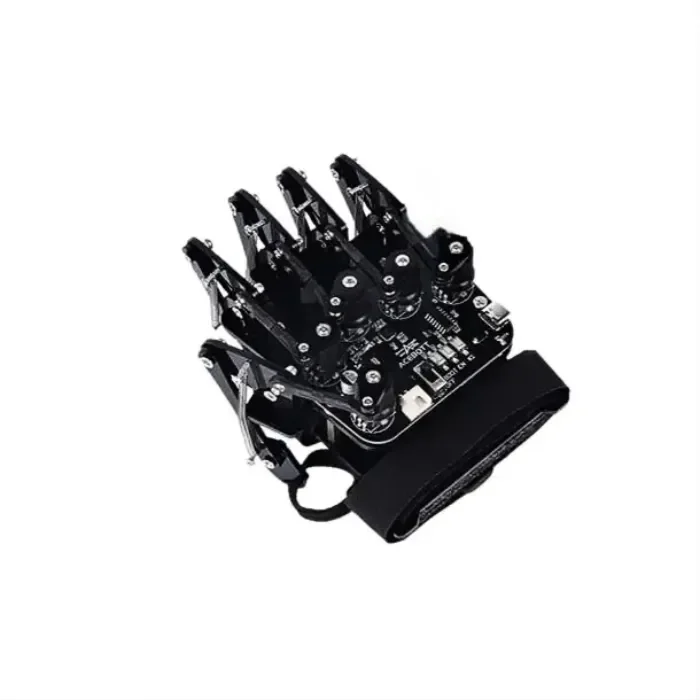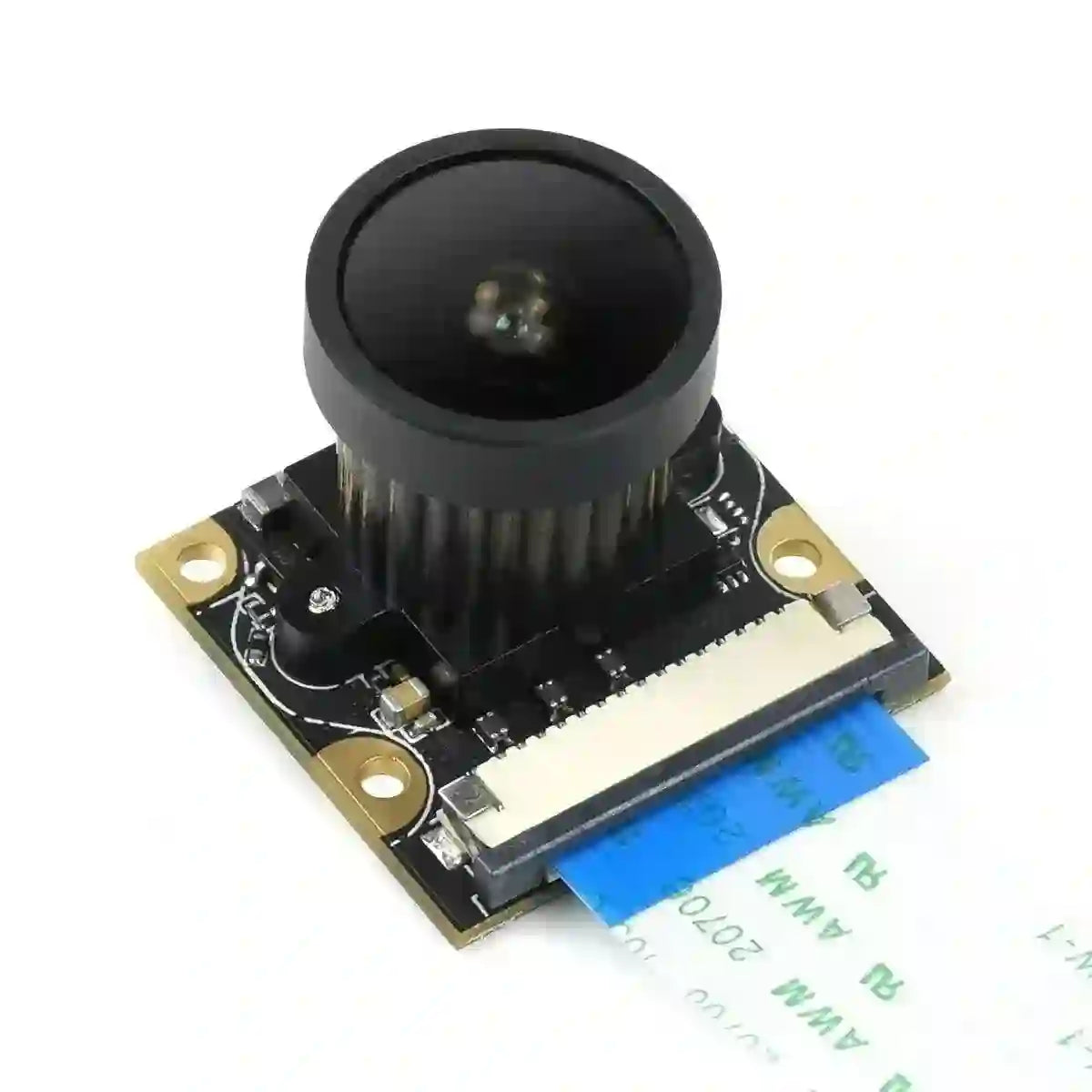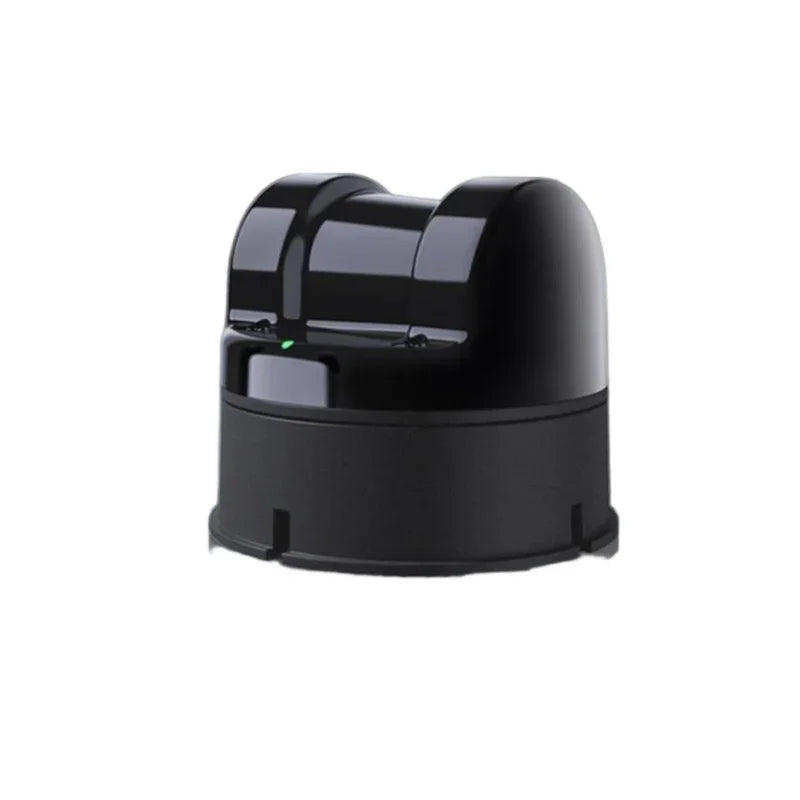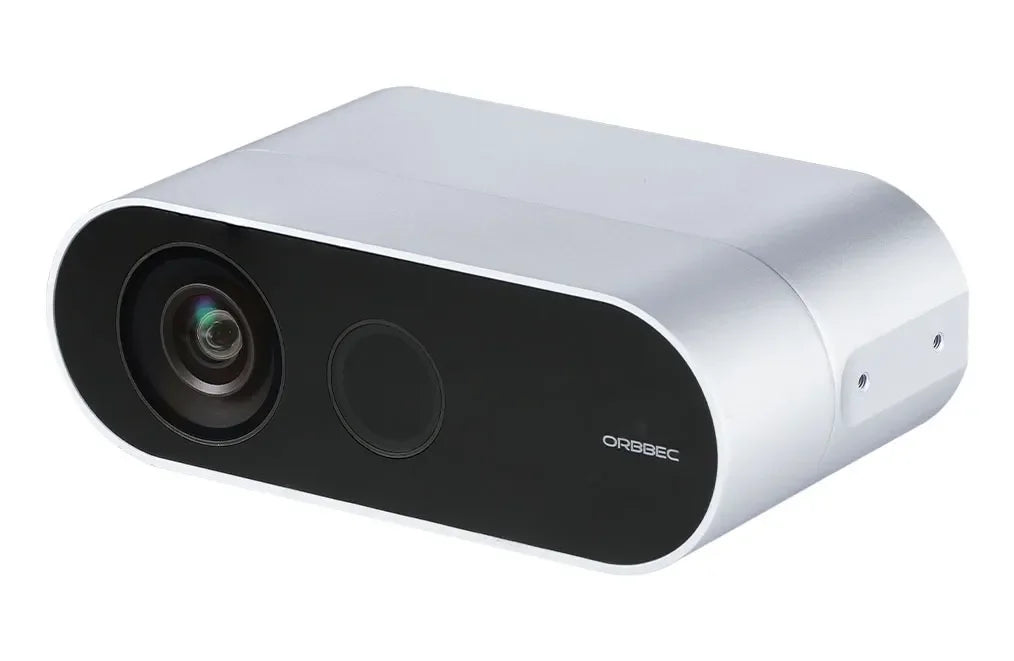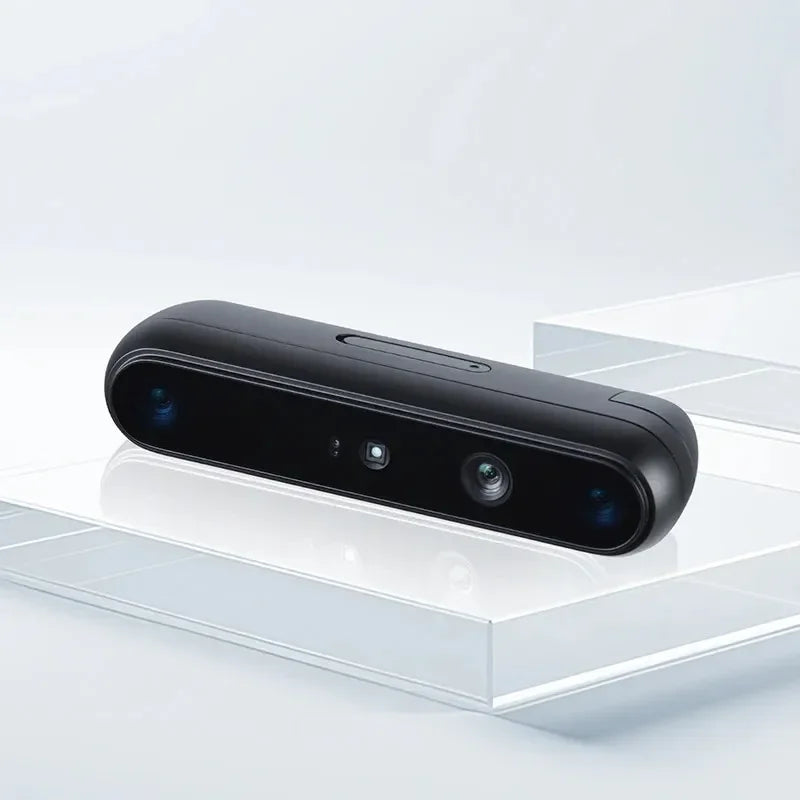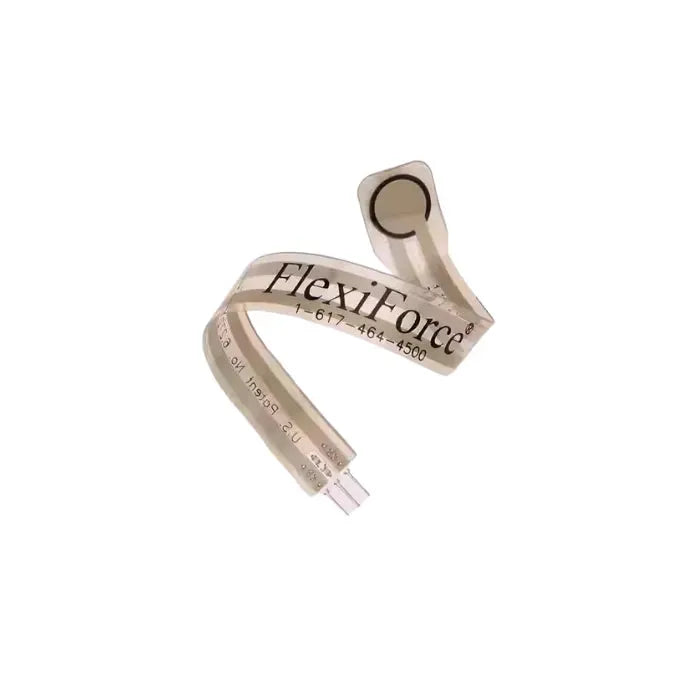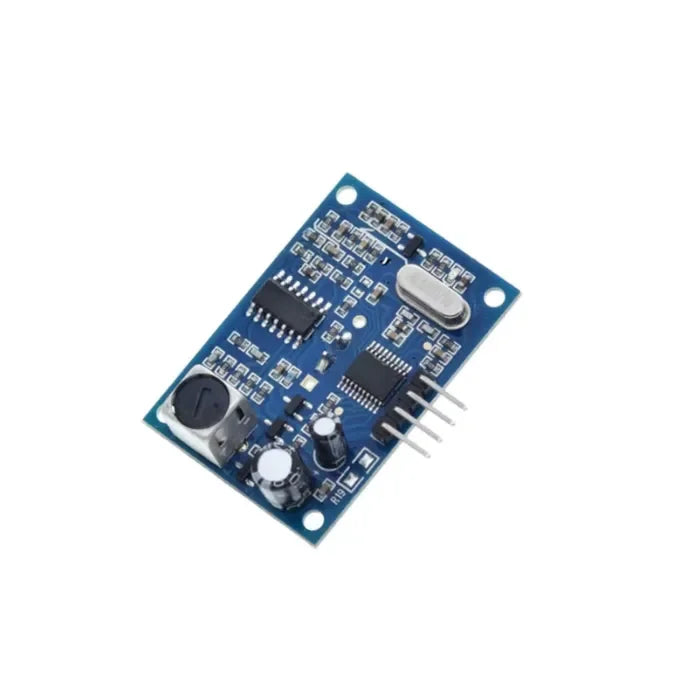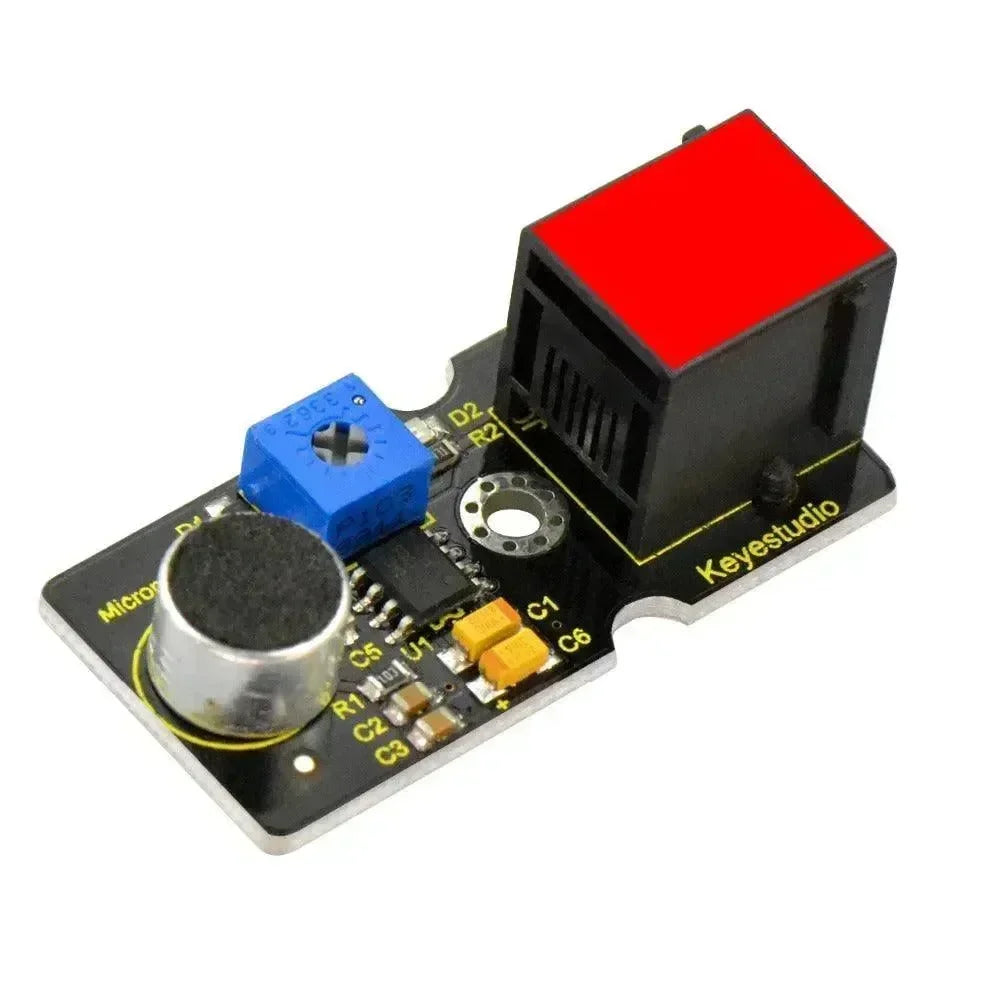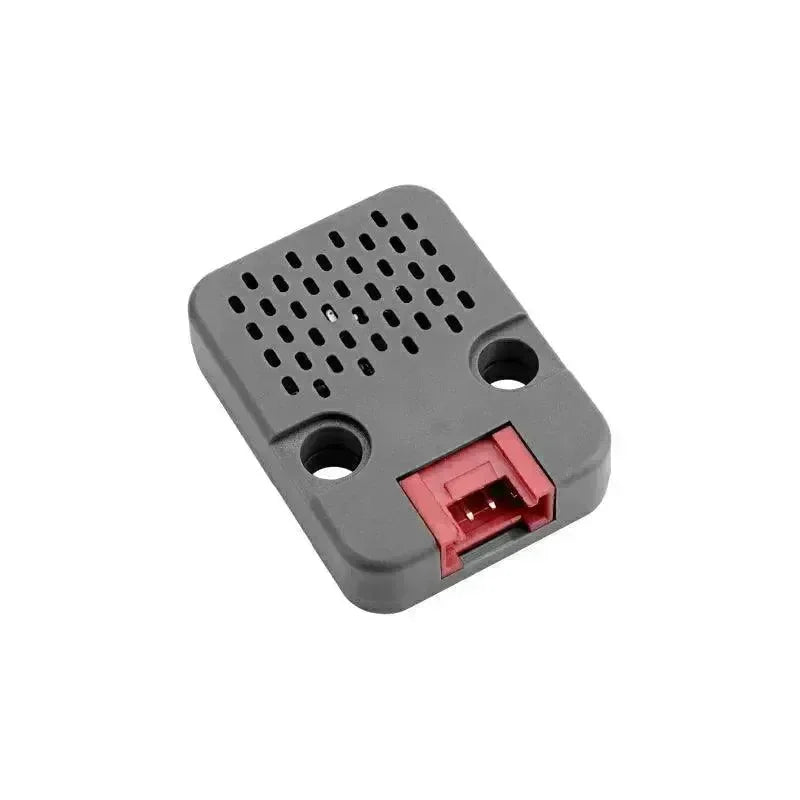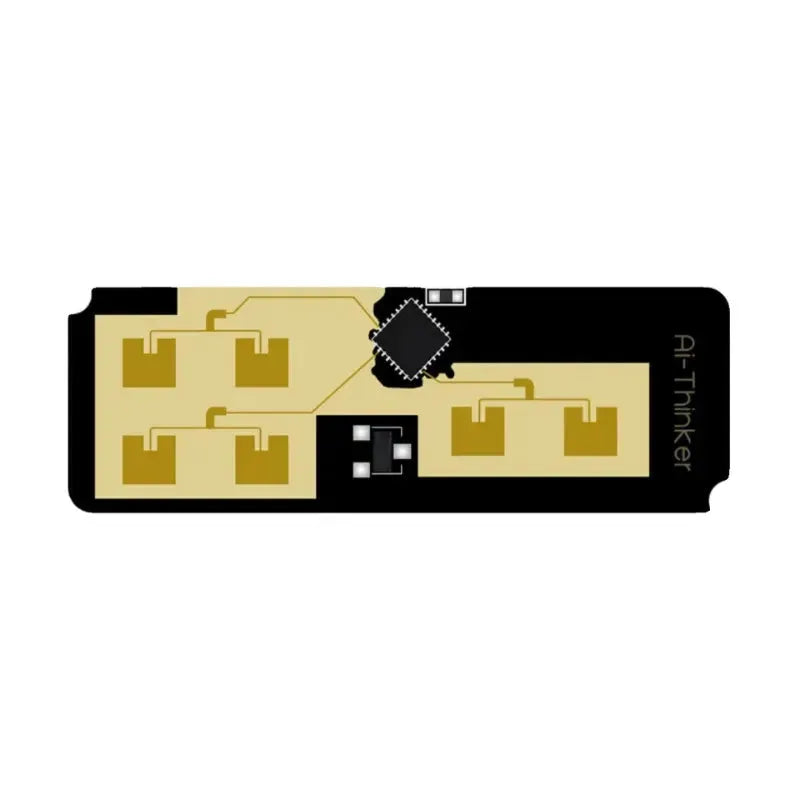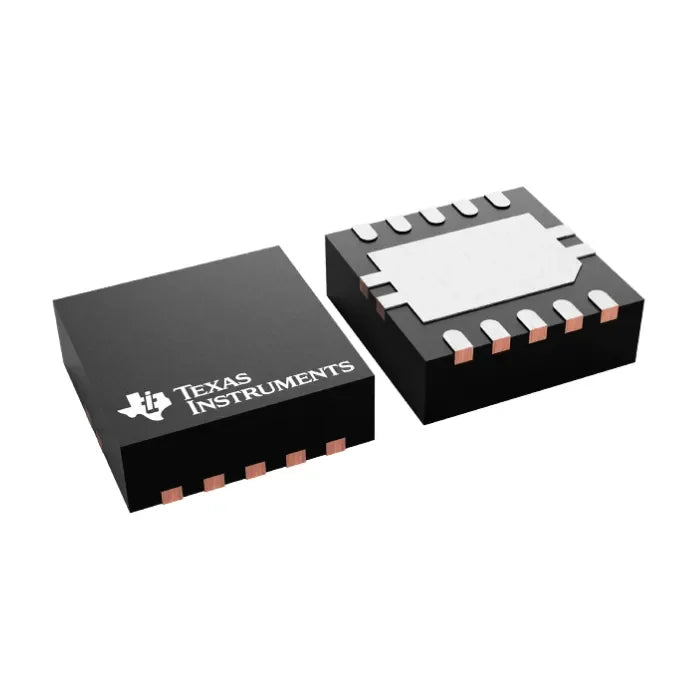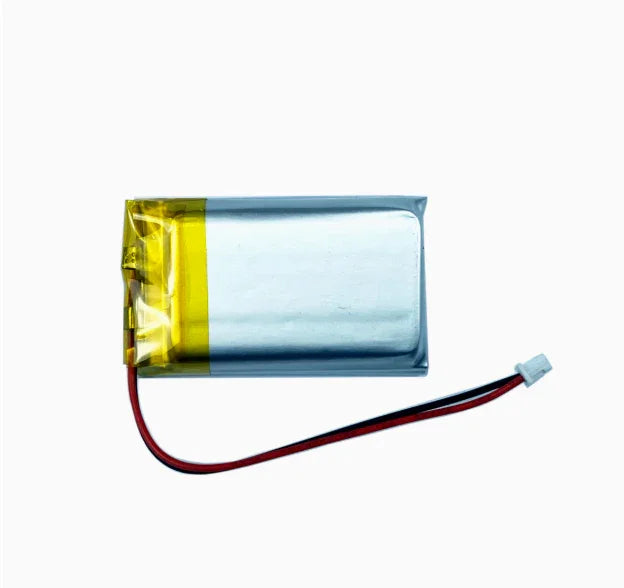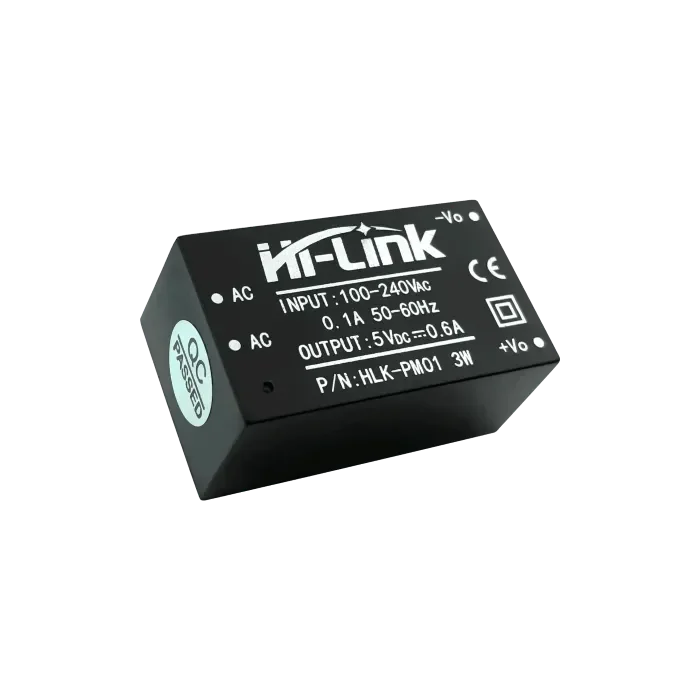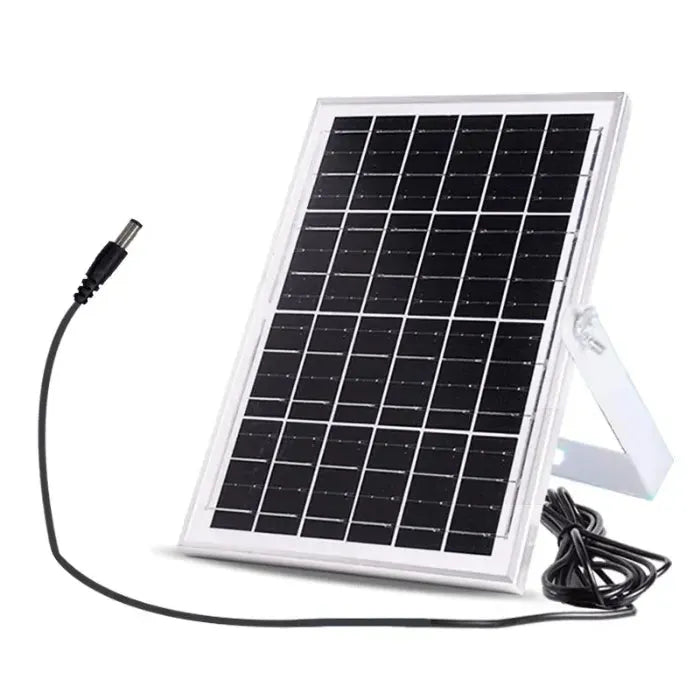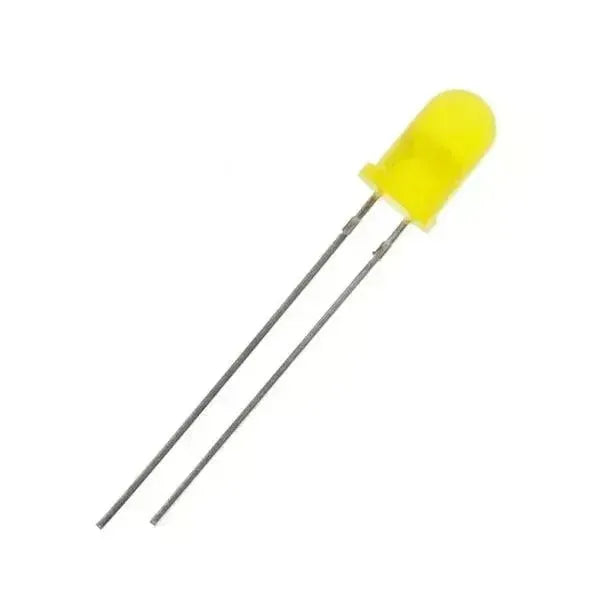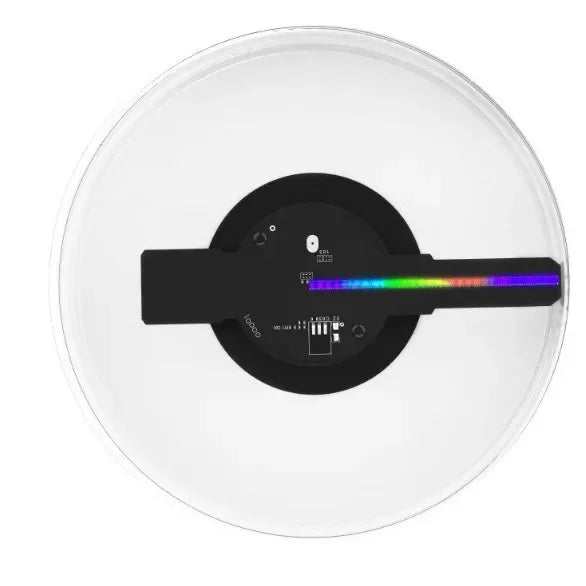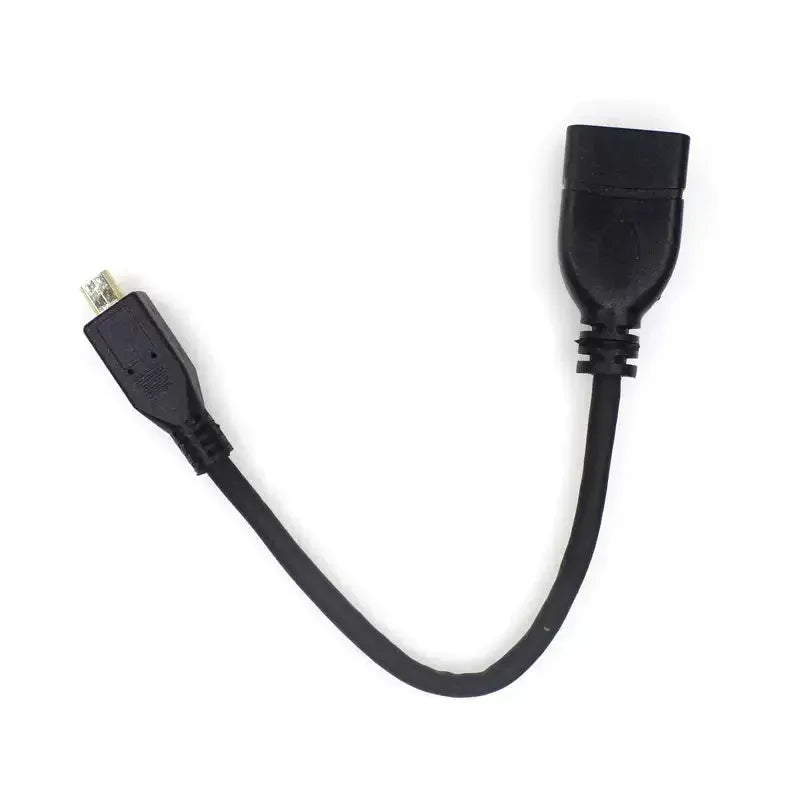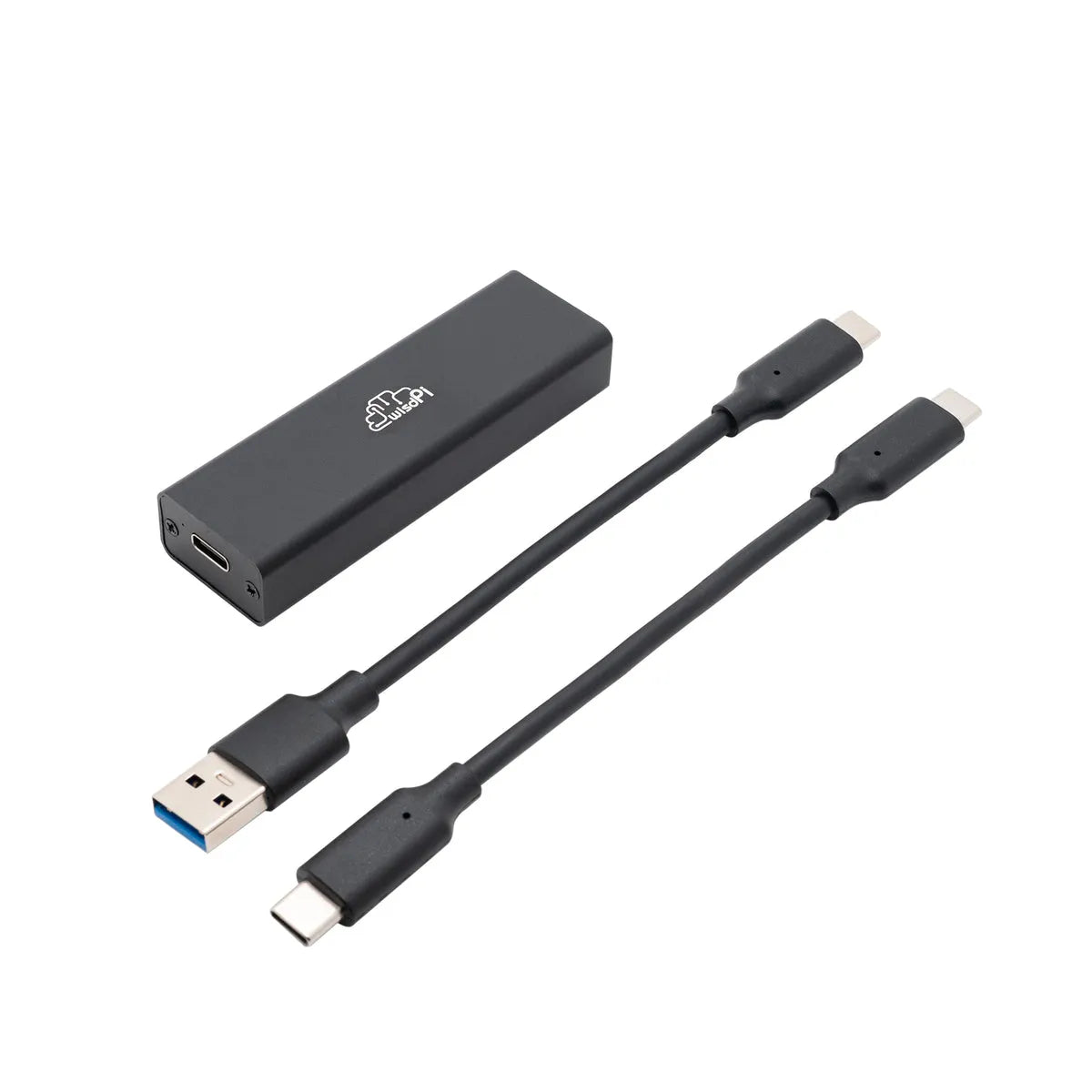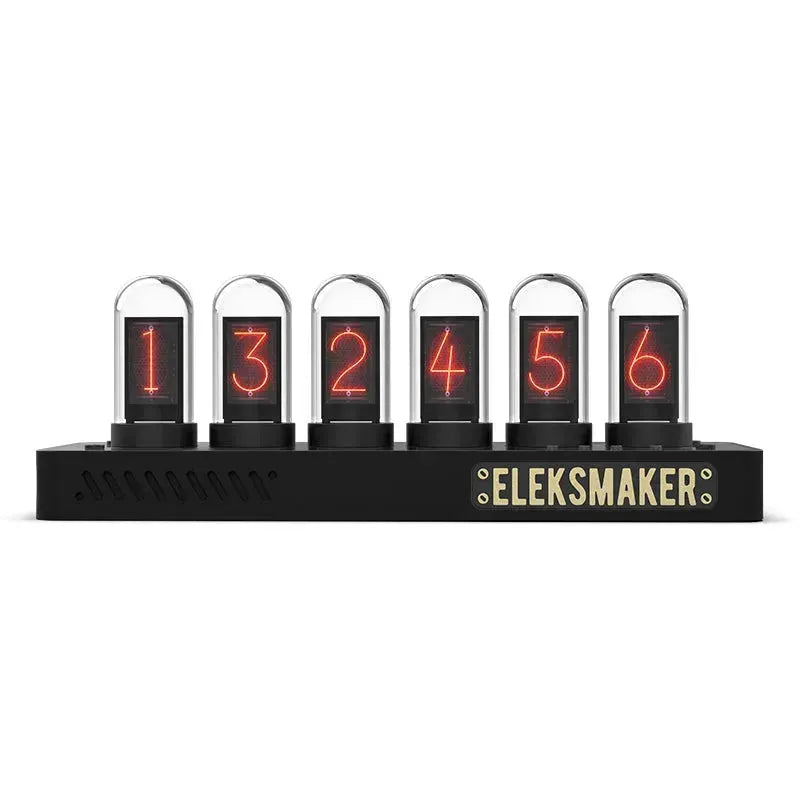🔄 M5Dial V1.1 – A Game-Changer in Smart Interaction
M5Dial V1.1 is a breakthrough in smart control technology, crafted by M5Stack to elevate how users interact with intelligent devices 🧠📲. This compact powerhouse combines a 1.28-inch full-color touchscreen 📱 with a rotary encoder ring 🔁, offering a seamless and intuitive interface for navigating menus, adjusting settings, and triggering actions.
Built-in to the device is a 13.56MHz RFID reader 📶, unlocking advanced features like access control, tag-based automation, and personalized interactions. For developers and tech enthusiasts, programming the M5Dial opens the door to endless possibilities—from smart home dashboards to custom IoT controllers.
Mastering M5Dial programming empowers creators to build innovative solutions, enhance user experience, and push the boundaries of what embedded devices can do 🚀.
Getting Started with M5Dial

🧠 Understanding the M5Dial V1.1 Hardware
🔩 Components of M5Dial
The M5Dial V1.1 is a compact yet powerful smart rotary control device, tailor-made for smart home 🏠 and IoT 🌐 applications. At its core:
-
📱 A 1.28-inch round TFT touchscreen (240×240 resolution) delivers crisp visuals and intuitive interaction. It’s powered by the GC9A01 display driver and FT3267 touch controller.
-
🔁 Surrounding the screen is a rotary encoder ring, allowing for smooth menu navigation and precise adjustments.
-
📶 An embedded RFID detection module enables seamless tag-based interaction—ideal for access control or smart inventory.
-
🔔 Additional features include a buzzer, ⏰ RTC (real-time clock) circuit, and a hidden under-screen selection button, enhancing both interactivity and versatility.
⚙️ Basic Functionality
The M5Dial V1.1 is more than just a display—it's a fully integrated embedded development board 💡. Here's what it brings to the table:
-
🖱️ Touch + Rotate: Combine touchscreen gestures with rotary input for a fluid user experience.
-
🔐 RFID Reader: Perfect for smart locks, ID verification, or asset tracking.
-
🔋 Optional battery support gives you mobility, while the USB Type-C or DC 6–36V input ensures flexible power options.
-
🧰 Whether you're building a smart thermostat, a control panel, or a DIY automation hub, M5Dial is your go-to interface.
💻 Setting Up Your Development Environment
🧰 Required Software & Tools
To start programming your M5Dial, you’ll need:
-
🧠 Arduino IDE – beginner-friendly and widely supported
-
⚙️ ESP32 board files – since M5Dial is powered by the ESP32-S3
-
📚 M5Stack libraries – install via Arduino Library Manager
-
🔌 USB-C cable – for programming and power
🛠️ Installation Process
-
📥 Download & install the Arduino IDE from the official site
-
⚙️ Go to Preferences → add the ESP32 board URL under “Additional Board Manager URLs”
-
🔍 Open Boards Manager, search for “ESP32” and install the package
-
🔌 Connect your M5Dial via USB-C
-
🖥️ Select the correct board type and COM port under the “Tools” menu
-
✅ You're ready to code!
🧑💻 Programming Basics
🧱 Syntax & Structure
Programming the M5Dial in Arduino is straightforward:
-
🧾 Define variables, write
setup()andloop()functions -
🔁 Use loops and conditionals to control behavior
-
✍️ Keep code clean and well-indented for easier debugging
🔑 Key Commands & Functions
Here are some essentials:
-
digitalWrite()– control output pins -
analogRead()– read analog values -
delay()– pause execution -
🧩 Use M5Stack libraries to control the screen, encoder, and RFID with ease
✍️ Writing Your First Program
Here’s a quick walkthrough:
-
🚀 Launch Arduino IDE
-
🧭 Select M5Dial board under Tools → Board
-
📚 Include libraries via Sketch → Include Library
-
🛠️ Write
setup()to initialize screen, encoder, etc. -
🔁 Write
loop()to define ongoing behavior -
⬆️ Upload code via the Upload button
-
🧪 Test & debug using the Serial Monitor
🧪 Testing & Debugging
-
👀 Observe how the M5Dial responds to touch, rotation, and RFID input
-
🧵 Use the Serial Monitor to track real-time data
-
🧹 Fix syntax errors and refine logic as needed
-
🔁 Iterate and test continuously for best results
Advanced Programming Techniques



🧩 Utilizing M5Dial V1.1 Features – From Interface Design to Performance Tuning
The M5Dial V1.1 isn’t just a smart rotary knob—it’s a creative playground for developers, makers, and product designers. Whether you're building a smart home controller, an interactive kiosk, or a custom IoT dashboard, M5Dial gives you the tools to make it happen.
🎨 Customizing Interfaces
The M5Dial offers a dynamic and fully customizable UI that adapts to your project’s needs:
-
📱 Start with the 1.28" round touchscreen—design layouts using the Arduino IDE
-
🎨 Play with colors, fonts, and icons to create visually engaging interfaces
-
🔘 Add interactive buttons for intuitive navigation
-
🔁 Use the rotary encoder for precise value adjustments or menu scrolling
-
🖼️ Display custom graphics (e.g., gauges, sliders, icons)
-
✅ Ensure compatibility with the GC9A01 display driver
-
🧪 Test each UI element thoroughly to confirm responsiveness and accuracy
With just a few lines of code and some creativity, you can turn the M5Dial into a sleek control panel or a responsive user interface.
🔌 Integrating Sensors & Actuators
M5Dial is more than just a display—it’s a modular control hub:
-
🌡️ Connect external sensors (temperature, humidity, motion, etc.) via I2C or GPIO
-
🔁 Use the rotary encoder as a physical input for real-time control
-
📶 Leverage the built-in RFID reader for access control or object recognition
-
⚙️ Add actuators (relays, motors, buzzers) for physical feedback or automation
-
📚 Explore Arduino-compatible libraries to simplify integration
-
🧠 Write logic to process sensor data and trigger actions
-
🧪 Test the full system to ensure smooth, real-time interaction
Whether you're building a smart thermostat, a door lock system, or a sensor dashboard, M5Dial makes integration seamless.
🚀 Optimizing Performance
🧠 Code Efficiency Tips
Writing clean, efficient code ensures your M5Dial runs smoothly:
-
🧱 Modularize your code into functions for clarity and reuse
-
📦 Use local variables where possible to reduce memory usage
-
🔁 Replace repetitive code with loops
-
⏱️ Avoid unnecessary
delay()calls that block execution -
🧮 Optimize logic to reduce CPU load
-
🧹 Regularly refactor and review your code
-
📝 Use comments to document complex logic for future maintenance
Efficient code = faster response, lower power consumption, and better user experience.
🛠️ Troubleshooting Common Issues
Even the best setups need debugging. Here’s how to keep your M5Dial running smoothly:
-
🔌 Check hardware connections—especially USB and sensor wiring
-
🖥️ Ensure the correct COM port is selected in Arduino IDE
-
📟 Use the Serial Monitor to track real-time output and debug messages
-
🧾 Look for syntax errors and incorrect variable usage
-
🧪 Test each component (touchscreen, encoder, RFID) individually
-
🔄 Update libraries to the latest versions for compatibility
-
🧑🤝🧑 Tap into the M5Stack or Arduino community for support and inspiration
🌟 Final Thoughts
You’ve now explored the full journey of working with the M5Dial:
-
✅ Set up your development environment
-
✍️ Wrote and uploaded your first program
-
🧩 Customized the interface and integrated sensors
-
⚙️ Optimized performance and debugged issues
The M5Dial is a powerful platform for innovation—whether you're prototyping a product, teaching STEM, or building your next smart device. Keep experimenting, share your creations, and contribute to the growing community of M5Stack developers.

